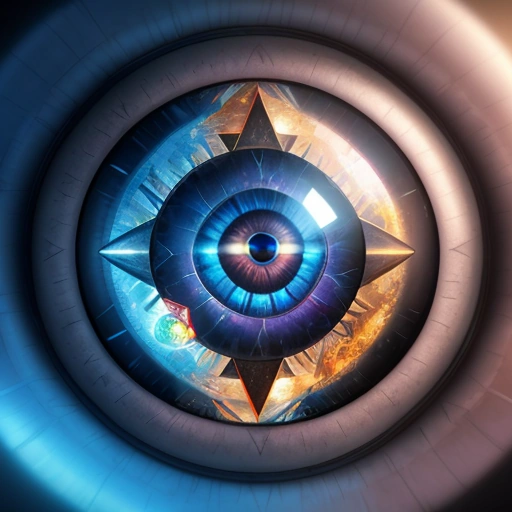Hi there, I’m curious to know other people’s approach in working with Stable Diffusion. I’m just a hobbyist myself and work on creating images to illustrate the fictional worlds I’m building for fun.
However, I find that getting very specific images (that are still visually pleasing) is really difficult.
So, how do you approach it? Are you trying to “force” your imagined picture out by making use of control net, inpainting and img2img? I find that this approach usually leeds to the exact image composition I’m after but will yield completely ugly pictures. Even after hours of inpainting the best I can get to is “sorta ok’ish”, surely far away from “stunning”. I played around with control net for dozens of hours already, experimenting with multi-control, weighting, control net only in parts of the image, different starting and ending steps, … but it’s only kinda getting there.
Now, opposed to that, a few prompts can generate really stunning images, but they will usually only vaguely resemble what I had in mind (if it’s anything else than a person in a generic pose). Composing an image by only prompts is by no means easier/faster than the more direct approach mentioned above. And I seem to always arrive at a point where the “prompt breaks”. Don’t know how to describe this, but in my experience when I’m getting too specific in prompting, the resulting image will suddenly become ugly (like architecture that is too closely described in the prompt having all wrong angles suddenly).
So, how to you approach image generation? Do you give a few prompts and see what SD can spit out with that? Taking delight in the unexpected results and explore visual styles more than specific image compositions? Or are you trying to be stubborn like me and want to use it as a tool for illustrating imagination - which at the latter it doesn’t seem nearly as good at as at the former.


A lot of the time I try to just let images come out as the AI imagines them - Just running img2img prompts, often in big batches, then picking the pictures that best reflect what I wanted.
But I do also have another process when I want something specific, which involves doing img2img to generate a pose and general composition, flipping that image into both a controlnet (for composition) and a segmentanything mask (for latent couple) and then respinning the same image with the same seed with those new constraints. When you run with the controlnet and the mask you can turn the CFG way down (3 or 4) but keep the coherence in the image so you get much more naturalistic outputs.
This is also a good way to work with LORAs that are either poorly made or don’t work well together - The initial output might look really burned, but when you have the composition locked in you can run the LORAs at much lower strength and with lower CFG so they sit together better.